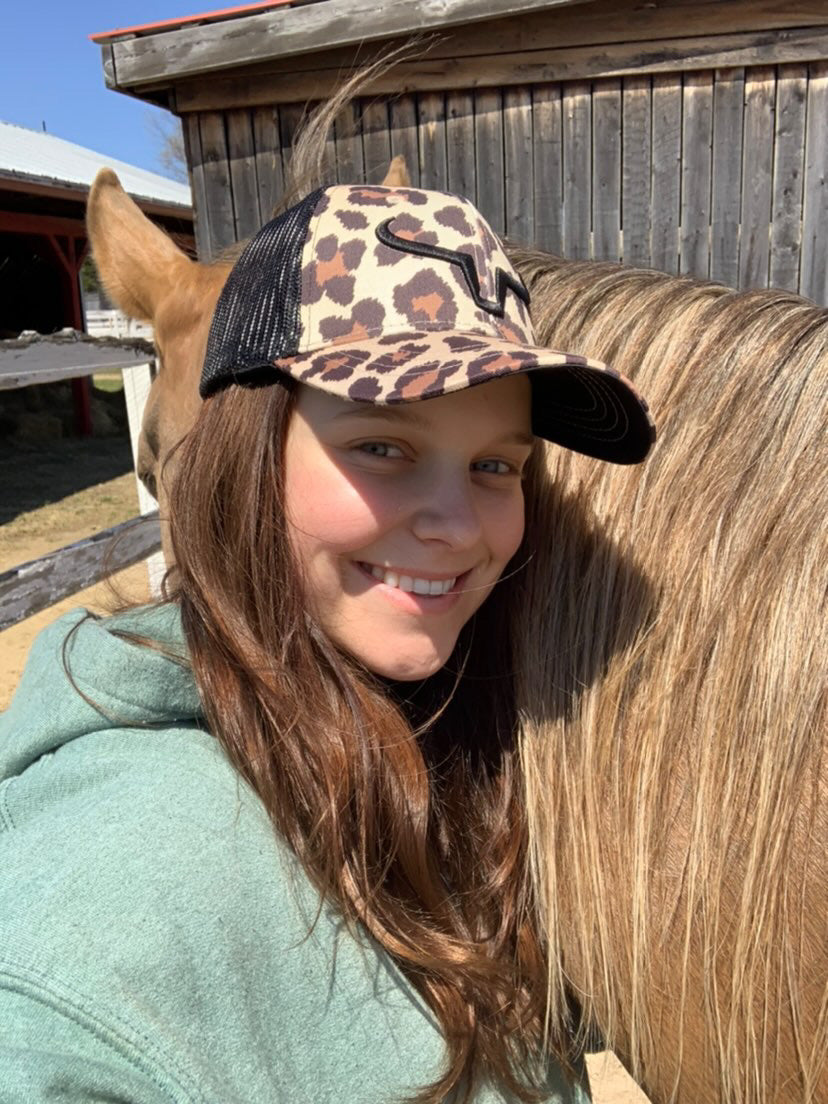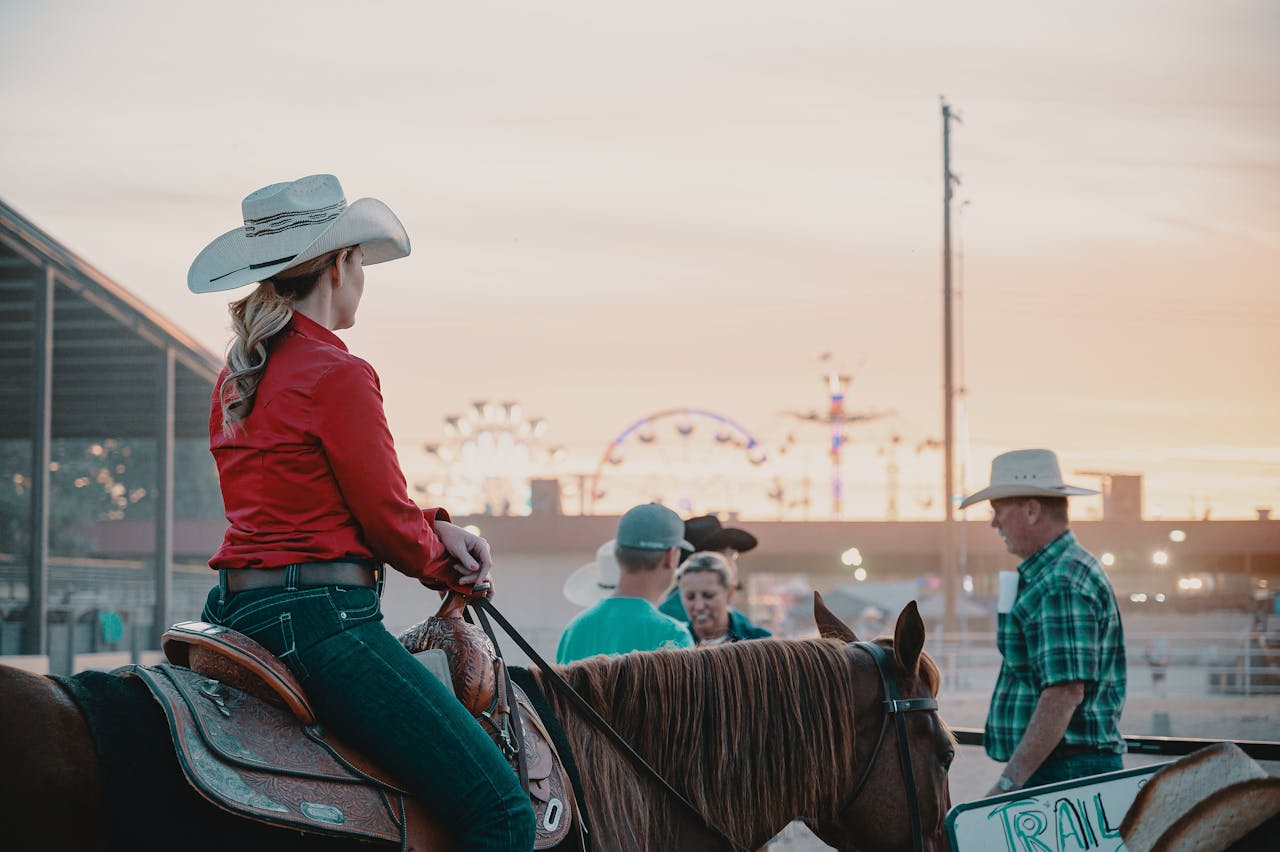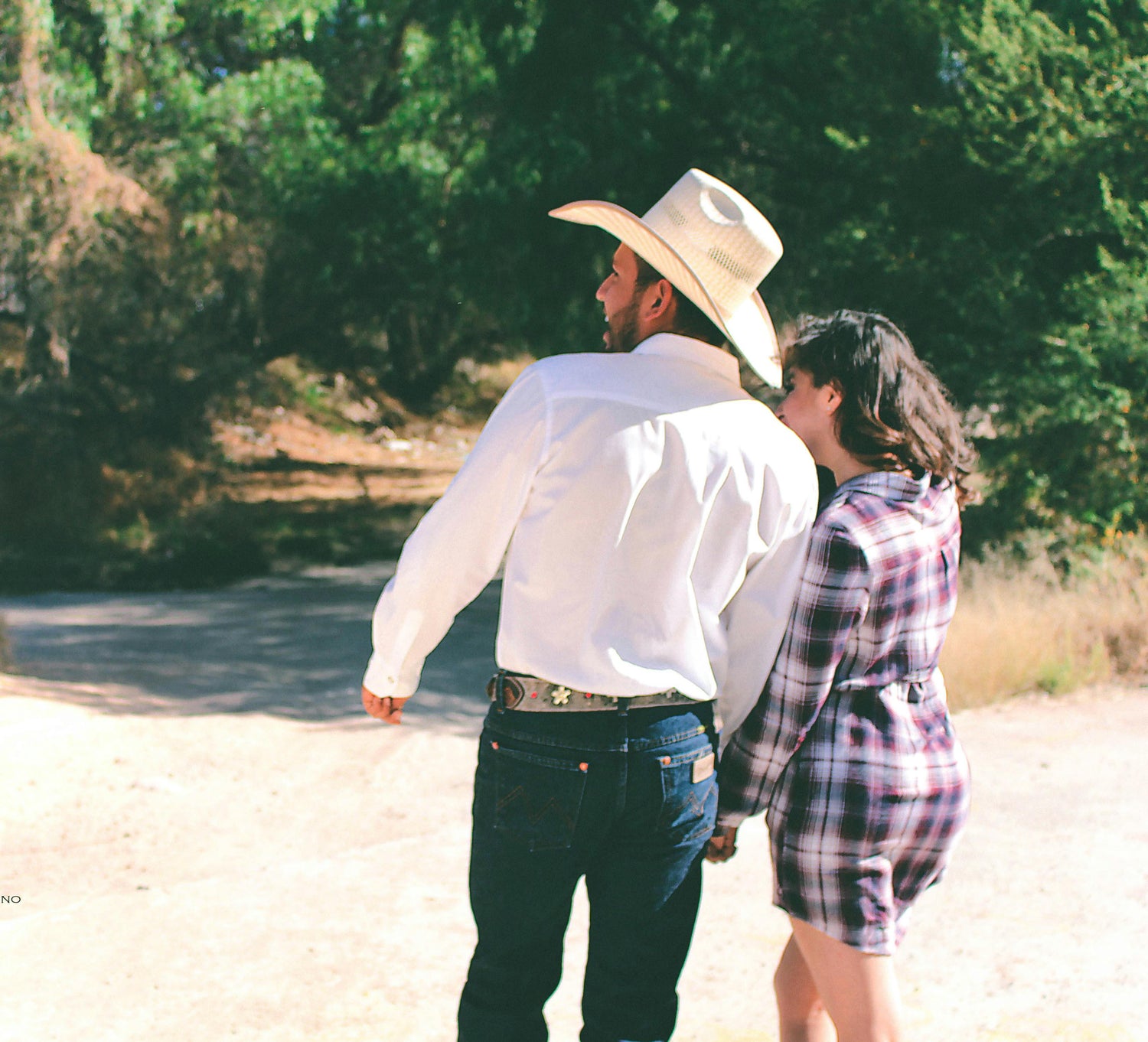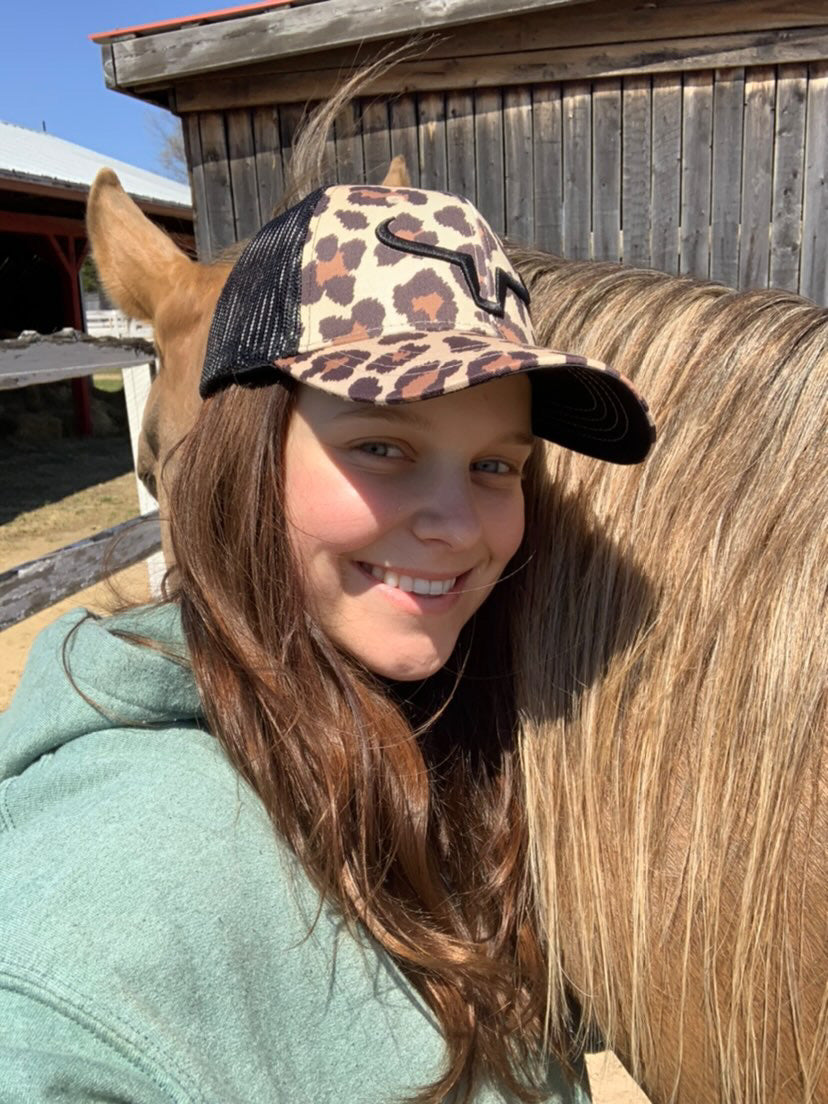Thursday, June 8th
The cap is a commonly used accessory, worn by millions of people all around the world. However, its history goes back several centuries, with several different contexts. The history of the cap is fascinating and reflects the evolution of fashion and culture, including in the western world.
Ranch Brand’s online western store dives into the story behind this iconic accessory.
A tale from way back
Archaeological evidence indicates that the first head garments were hoods. Cowboys, who have long been the emblematic figure of the western, were the first to protect themselves from the sun with a straw cap. The use of hats and caps in the western world is an important characteristic of this iconic style.
In the Middle Ages, hats were used to identify professions and social classes. Caps were worn by cowboys to protect themselves from the elements, sun and dust during days spent on the ranch. Deep western influences have influenced current clothing styles, with caps being one of the essential accessories.
During the Renaissance, the cap became a fashion centerpiece, with functional variations. Women tended to wear soft silk hats while men favored tall, stiff, felt hats.
The changing face of western style over time
Over the centuries, the cap has become more accessible and more universal. The 1800s saw the emergence of materials such as cotton and wool, replacing felt and silk, and more standardized shapes came onto the market.
In the 20th century, the cap gained great popularity, especially among cowboys and cowgirls. The western cap was introduced to the world of western fashion as an integral part of the outfits worn by these Wild West heroes. Caps, just like boots or jackets, have become inseparable elements of western culture.
In short, the cap has a long history dating back to Antiquity but has become a sign of belonging for cowboys and cowgirls over time. It has become a fundamental part of western culture, with cowboy and cowgirl caps today being available in a wide variety of styles, colors and materials, while remaining a symbol of style and identity.
At Ranch Brand, we keep it simple and real! Complete your look with our men and women western wear. Discover our country hoodies, western tank tops and tons of other gear.





